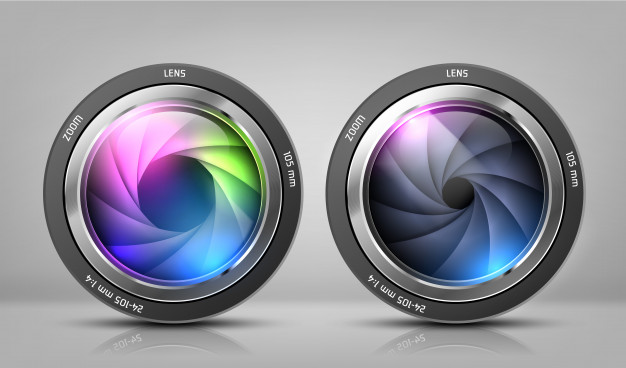The Most Common Types Of Lenses
A camera isn’t complete without the lens, the complicated and often expensive piece of specialised equipment that allows the photographer to capture incredible images. Lenses come in a wide variety of different shapes and sizes, and each one has a unique set of characteristics that allows them to capture various kinds of pictures, where the subject and the environment tend to be the deciding factor on which lens to choose.
Lenses can be tiny, cheap lenses for a basic DSLR, or massive, multi-faceted lenses that can cost more than the average car. For anyone that’s ever wondered about the various lenses, these are the most common.
Zoom Lens
The zoom lens is the most common kind of DSLR lens and can often be found attached to higher end cameras. As the name suggests, it’s able to zoom in on a target to a much higher magnification than most other cameras are capable of and are known for having a variable focal length. These are the lenses that are most used for commercial photography, such as that for weddings, fashion shows, or events, or great game reviews. A big downside to using a lens like this is the complicated nature of the internals, and if a zoom lens is ever dropped, it almost always needs to be completely discarded, as the tiny mirrors inside the casing simply shatter.
Low Light Lens
Also commonly known as a fast lens or large aperture lens, this is the kind of equipment that would be needed for a photographer that wanted to capture as much light as they possibly could and make for a great addition in low lit areas, like concert halls. These lenses would most often be found alongside a zoom lens, usually at social gatherings like weddings or sporting events. They tend to be quite expensive, and due to the mechanics of how they capture light, they are generally quite bulky.

Prime Lens
The total opposite of a zoom lens, this is one that has a fixed focal point, or the inability to zoom, making it an inferior choice for anyone that needs a closer look at their subject. Prime lenses are much smaller, but also much more well-built, and are therefore much more reliable, lasting much longer. Similarly, to a low light aperture lens as mentioned above, a prime lens also allows a lot more light into the camera, making them a better choice for beginner photographers who are still learning how to handle their equipment. Of course, this isn’t a first choice for many due to the fact that it cannot zoom in or out.
Wide Angle Lens
These kinds of lenses have a focal point of between 16-35mm focal length, the wide angle is designed to capture as wide an area as possible, such as a landscape. These are also popular among photographers that like to set up a tripod and take a very wide picture of an area, or of a tall building, and they also work quite well for selfies. One disadvantage of this kind of lens is that it creates a distortion that makes the final picture appear slightly curved.

